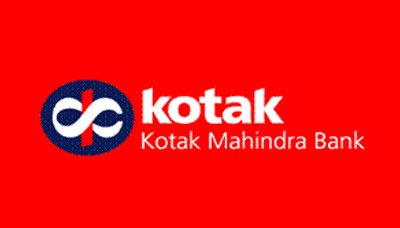MUMBAI: Conservatives rule when it comes to easing restrictions on foreign direct investment (FDI) in the news sector. There is a temptation to swing to one extreme and believe that Prime Minister Narendra Modi is peddling an illusion when he says, “India is now the most open economy in the world for FDI”. Irrational exuberance can also take you to the other extreme view where you side with those who say that the treasury doors are now flung open for foreign media companies to pour in capital. The truth lies somewhere in the middle.
Modi moved the needle when he lifted the ceiling on FDI in TV news media from 26% to 49%. But he refrained from taking the radical step of allowing foreign majority ownership in TV news media. When it came to newspapers and periodicals, the 26% FDI cap remained stuck in the pit. Conservatism won on both occasions, with the print media sector being veiled more. By applying the ‘lid’ theory, the Modi-led BJP government will not be able to maximise the potential flow of foreign capital into the media sector in India. It is not just the news media that is feeling suffocated. The distribution platforms of the TV broadcast industry are also throttled by cross-media restrictions. The fastest way to augment FDI inflow into the media sector is by introducing a few relaxations.
On the TV news front, foreign media companies would want to own 51%. Even if they don’t, they would want to scrap the guideline which makes it mandatory for the largest Indian shareholder to have at least 51% stake in the news company. Sans this, the foreign investor can be the largest shareholder in the news company as there will be scope for scattered ownership. Global print media companies have shunned the Indian market as it restricted investments to 26%. Struggling against the onslaught of digital media in their home markets, they would look at India if the FDI cap was hiked. On the broadcast carriage sector, the Modi government has fully opened the door for foreign investors.
In November 2015, the FDI limit in teleports, DTH, cable TV, IPTV, mobile TV and headend-in-the-sky (HITS) was increased from 74% to 100%. Further, in June 2016, the government amended the FDI policy on broadcasting carriage services by bringing the sector under the 100% automatic route. The government clarified that the infusion of fresh foreign investment beyond 49% in a company not seeking licence or permission from the sectoral ministry would require the FIPB’s approval if it results in a change in the ownership pattern or a transfer of stake from existing investors to new foreign investors. Yet, the flooding of foreign capital has not happened. There is a clause which has acted as a wall to some potential strategic investors. The broadcast sector cap of 20% equity in a DTH company has been a deterrent in at least one case.
Reforms in some of these key areas would particularly make Rupert Murdoch-controlled 21st Century and News Corp, the largest foreign investors in India, more active. Star India, a wholly owned subsidiary of 21st Century Fox, used to have a presence in the TV news business. News Corp. has also been eyeing to own and run a newspaper in India. On the DTH side, 21st Century Fox wants to up its stake in Tata Sky. Currently, it owns 30% while Tata Group holds 60% and the remaining 10% is with Temasek Holdings. Star India’s appetite to invest more in the Indian market is well known. The company is looking to invest $5 billion more in India over the next three years. At the US-India Business Council’s (USIBC) Leadership Summit in Washington this June, Star had made its additional investment announcement.
“We see huge potential in the Indian market and have been one of the largest foreign investors in India and the largest in media and entertainment sector,” Star India chairman and CEO Uday Shankar had said.
Global entertainment broadcasters have been active in India for long. There is no FDI cap for entertainment companies. Star India, Sony Pictures Networks India, Viacom (as Viacom18 JV), Walt Disney, Turner and Discovery are running thriving businesses in India. Barring Star India, none of these companies run a cable TV or DTH business.
They also do not have a news business, except Turner which runs CNN as part of its global news network. The Telecom Regulatory Authority of India (TRAI) has made recommendations on several issues including cross-media restrictions and new DTH licensing norms. These are idling in Ministry of Information & Broadcasting (MIB). India’s policymakers have followed a middle path with respect to the media sector.
They have been conservative on certain issues while having eased restrictions on many fronts. They feel that they need to support a vibrant and dynamic media economy while playing the balancing act. FDI will have to find openings through such channels.
Source: Television Post
Attracting FDI in the media sector






